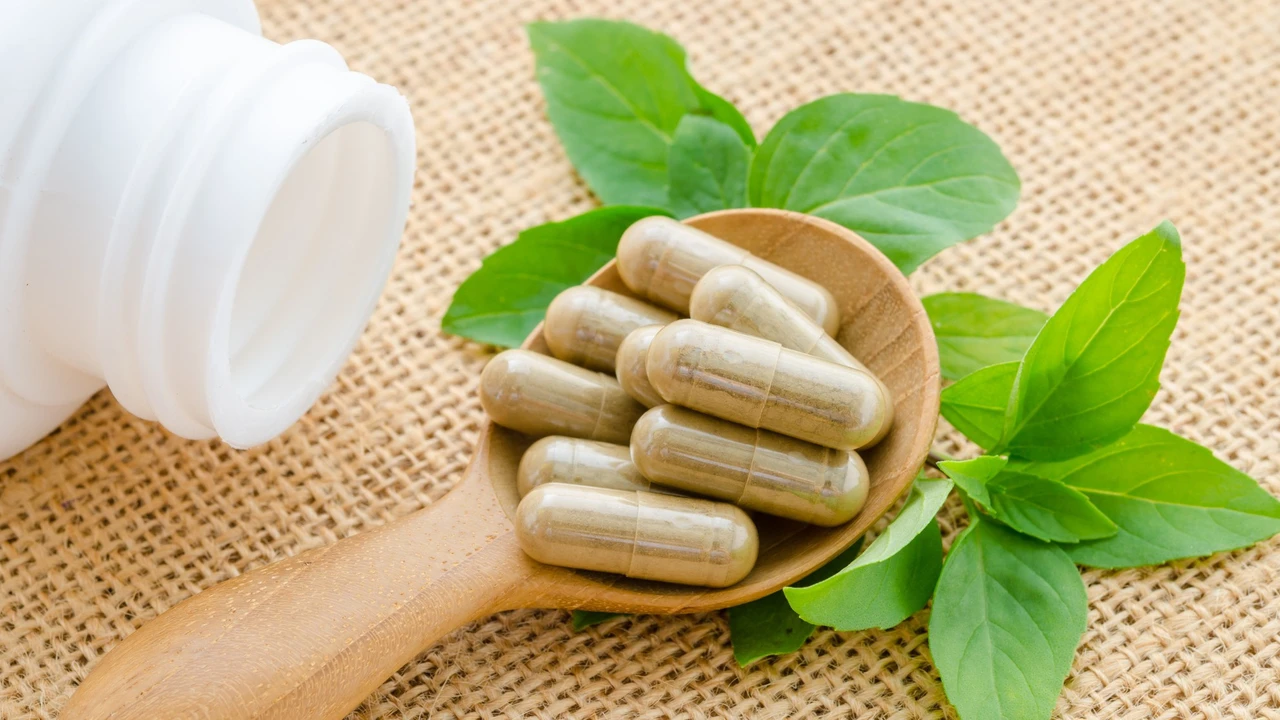Cinchona supplement: what it is, benefits and safety tips
Cinchona is the bark of a South American tree known for its active compound quinine. People use cinchona-based products as an herbal tonic, for occasional muscle cramps, and—historically—for malaria. That history sounds impressive, but modern use needs a dose of caution. Here’s a clear, practical look at what cinchona supplements can and can’t do, plus smart safety advice.
What it does and what the evidence says
Quinine from cinchona kills certain parasites and was once a main malaria treatment. Today, doctors prefer safer, well-studied antimalarial drugs for prevention and treatment. For muscle cramps, some older studies and anecdotal reports suggest low-dose quinine can help reduce frequency. But medical authorities, including the FDA, warn against routine use of quinine for leg cramps because of safety concerns.
If you’re thinking of trying cinchona for cramps or as a daily tonic, ask: is there strong proof it will help you? Usually the answer is no. Better-supported options—like fixing dehydration, stretching, checking electrolytes, or trying magnesium—are worth trying first.
Safety, side effects, and how to use it safely
Cinchona supplements can cause real side effects. Mild reactions include ringing in the ears, headache, nausea, and dizziness—signs of “cinchonism.” More serious risks are rare but include low platelets, allergic reactions, severe low blood sugar, and heart rhythm problems (QT prolongation). Mixing quinine with certain medicines—antibiotics like macrolides, some antifungals, antiarrhythmics, or antidepressants—can raise the risk of dangerous heart effects.
Don’t use cinchona if you have heart rhythm issues, a history of low platelets, or severe liver or kidney disease. Pregnant people should avoid it for cramps; if malaria treatment is needed in pregnancy, that’s a medical decision best handled by a clinician. Always tell your doctor about all supplements and meds you take so interactions aren’t missed.
Shopping tips: pick brands with clear labels, avoid products that promise high quinine doses without prescription, and prefer vendors that list batch testing or third-party verification. If a product sounds too powerful or the label is vague, skip it.
Want alternatives? For cramps try hydration, nightly calf stretches, correcting low magnesium or potassium if labs show it, or talk with your doctor about safer prescriptions. For malaria prevention, use proven prescription medications and follow travel-medicine advice rather than relying on cinchona supplements.
Short version: cinchona has a medical legacy, but it carries risks. Use it carefully, check with a clinician first, and consider safer, evidence-backed alternatives for cramps or malaria prevention.

